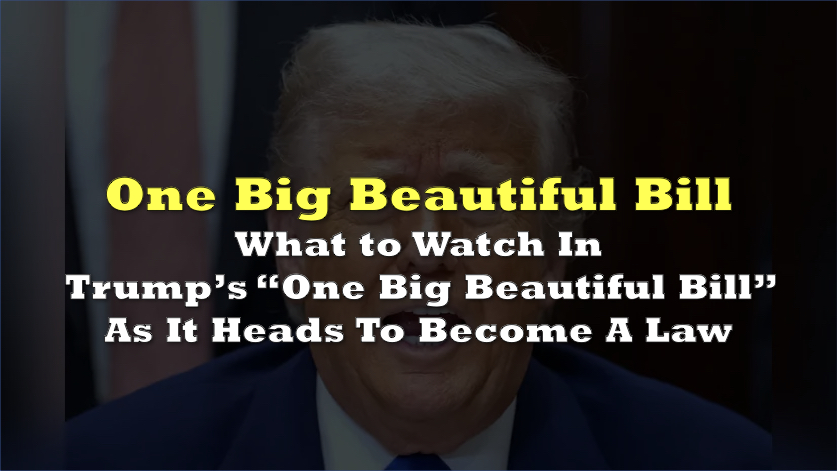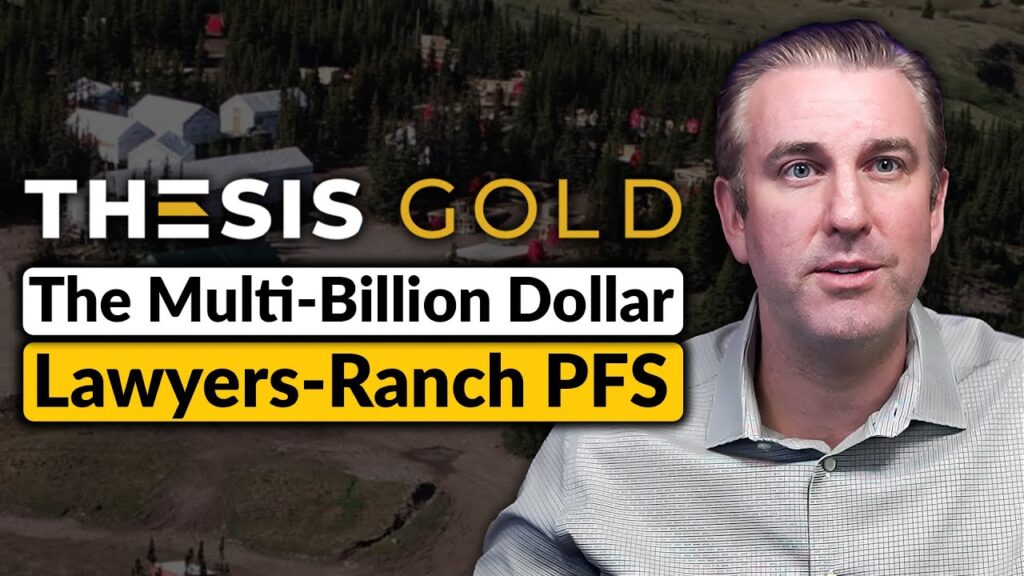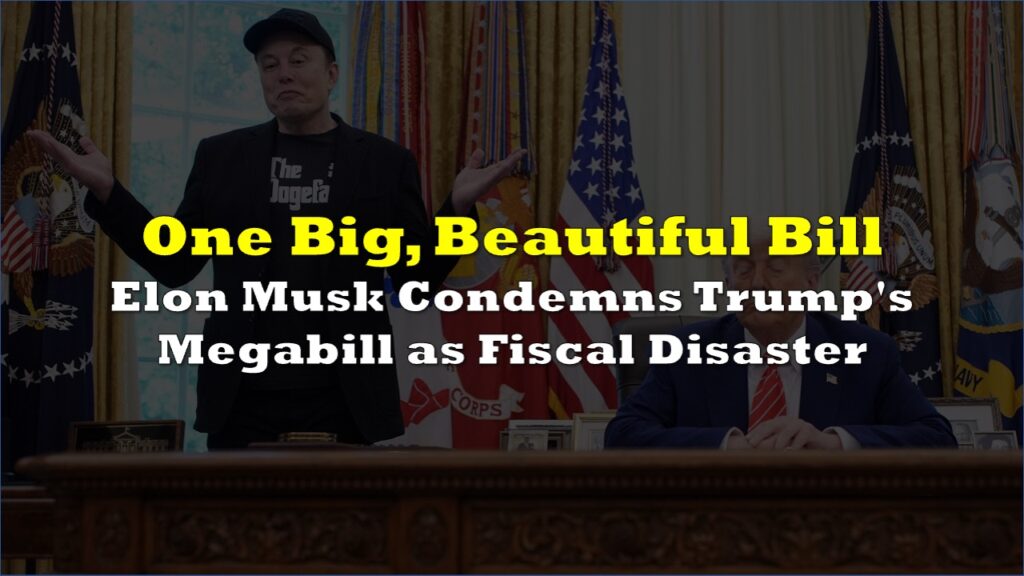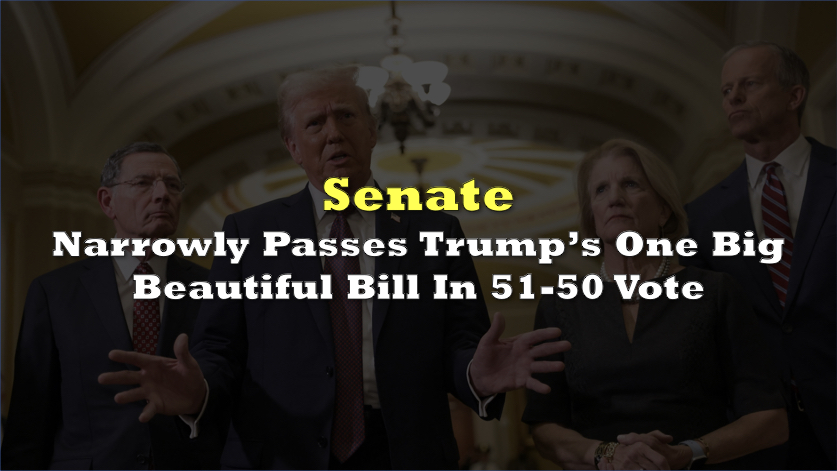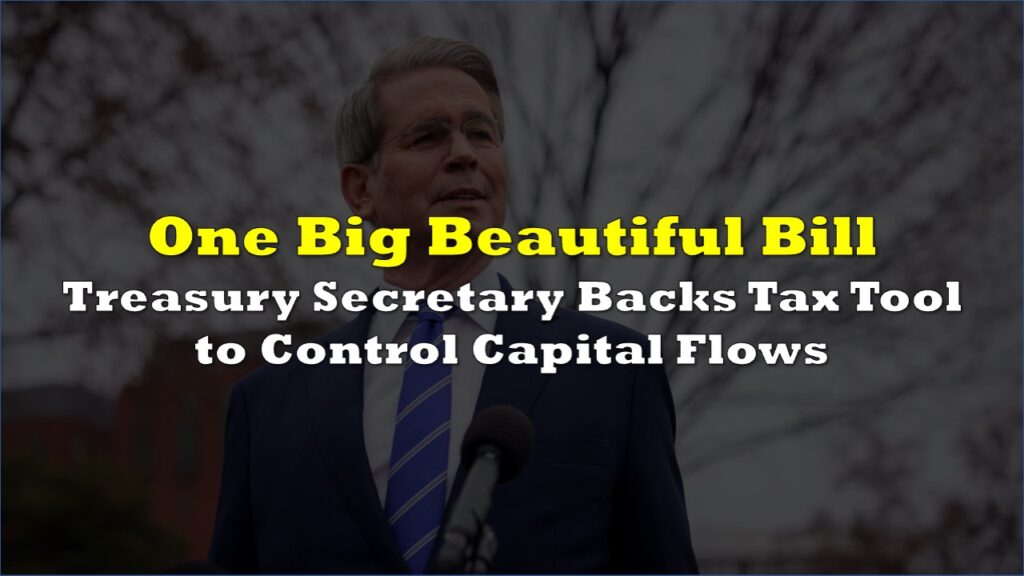Congress has cleared President Donald Trump’s nearly 900-page tax-and-spending overhaul, and the White House says the signing ceremony will take place today, sealing the GOP’s self-imposed deadline. The House squeezed the final version through, 218-214, less than a week after the Senate’s 51-50 vote that required Vice President JD Vance’s tiebreaker.
Cuts everywhere
At the bill’s core is roughly $4.5 trillion in cuts that make Trump’s 2017 individual rate schedule permanent and add fresh deductions for tips, overtime pay, and auto-loan interest.
Seniors earning up to $75,000 receive a $6,000 income break, while the child tax credit rises to $2,200. For five years, the SALT cap quadruples to $40,000, and businesses regain 100% expensing for equipment and R&D.
The non-partisan Congressional Budget Office says the richest households stand to gain about $12,000 a year, whereas the poorest lose roughly $1,600 once safety net trims are factored in.
Border and immigration
The legislation steers $350 billion toward Trump’s immigration and security agenda—money to finish the US–Mexico wall, add 100,000 detention beds, and recruit 10,000 new ICE agents with $10,000 signing bonuses, a force large enough to pursue one million deportations a year.
The Pentagon receives parallel largesse: shipbuilding funds, munitions orders, and $25 billion for the Golden Dome homeland missile shield, all inside an FY2026 top line that nears $1 trillion when supplemental cash is counted.
Medicaid cuts
To offset part of the revenue loss, Republicans imposed 80-hour-a-month work rules on many Medicaid and SNAP recipients up to age 65, introduced a $35 Medicaid co-pay, and forced states with payment error rates above 6% to share future food aid costs—though Alaska won a temporary reprieve after Senator Lisa Murkowski’s push.
The CBO projects 11.8 million additional uninsured Americans and 3 million fewer SNAP beneficiaries by 2034.
Climate rollbacks
Clean energy incentives created under President Joe Biden’s 2022 climate law are gutted. The consumer credit for electric vehicle purchases expires September 30m 2025, while a production credit is expanded to metallurgical coal used in steelmaking—changes Senator Ron Wyden calls a “death sentence” for US wind and solar developers.
The bill also targets Elon Musk’s Tesla regulatory credits, zeroing out the fines that force rival automakers to buy discounted Zero Emission Vehicle certificates and thereby rendering Tesla’s lucrative US credits worthless, even as the company continues to earn them in Europe and China.
Trump’s “Big Beautiful Bill” will eliminate Tesla’s US regulatory credits, also known as Zero Emission Vehicle (ZEV) credits.
— Troy Teslike (@TroyTeslike) July 3, 2025
Under the current system, automakers failing to meet zero-emission vehicle quotas must either pay a fine or purchase credits from companies like Tesla,… pic.twitter.com/9LR4YAE0xL
Trump accounts
The law seeds $1,000 “Trump Accounts” for every newborn, commits $40 million to a National Garden of American Heroes, repeals a $200 tax on gun silencers, but slaps a 1% excise on overseas remittances and a new levy on large college endowments.
Rural health advocates extracted a late stage concession that channels $10 billion a year for five years into a new stabilization fund for critical access hospitals and small community facilities after several Republican hold-outs warned that Medicaid provider tax cuts would bankrupt scores of clinics across the Midwest and Mountain West.
NASA also emerges as a major beneficiary: the bill layers about $10 billion in supplemental funds onto the agency’s 2025 appropriation, enough to order two additional Space Launch System rockets for Artemis 4 and 5, keep the Gateway lunar outpost on schedule, and seed preliminary work for a crewed Mars architecture.
Lawmakers also earmark $88 million for the Pandemic Response Accountability Committee, expanding its data analytics center of excellence to hunt down the estimated $79 billion in fraudulent claims that flowed through COVID relief programs.
“Magic Math”
Using standard baselines, the CBO estimates the package will widen deficits by $3.3 trillion between 2025 and 2034 and lift debt service costs to $551 billion for the same window.
Senate Republicans counter that expiring tax cuts should be treated as “current policy,” a framing that turns the headline cost into a $500 billion saving. Democrats and the Committee for a Responsible Federal Budget call that logic “magic math” that masks reality.
Bridgewater founder Ray Dalio says the new law locks the nation onto a trajectory of annual outlays near $7 trillion against $5 trillion of revenue, pushing debt from 100% of GDP to about 130% within a decade—roughly $425,000 per American family.
Interest and principal payments, he warns, could rocket from $10 trillion to $18 trillion, forcing either brutal austerity or “printing and devaluing of money,” an outcome he views as “bad for the backbone of all capital markets.”
“Unless this path is soon rectified to bring the budget deficit from roughly 7% of GDP to about 3% by making adjustments to spending, taxes, and interest rates, big, painful disruptions will likely occur,” he wrote.
Trump’s signature will unlock an immediate scramble: the IRS must rewrite withholding tables before January, Homeland Security must staff new detention facilities, and Defense has to fold Golden Dome into a stretched acquisition queue. Meanwhile, bond traders will track Treasury auctions for any sign that soaring debt costs and reluctant buyers are beginning to bite.
Information for this story was found via AP News and the sources and companies mentioned. The author has no securities or affiliations related to the organizations discussed. Not a recommendation to buy or sell. Always do additional research and consult a professional before purchasing a security. The author holds no licenses.

